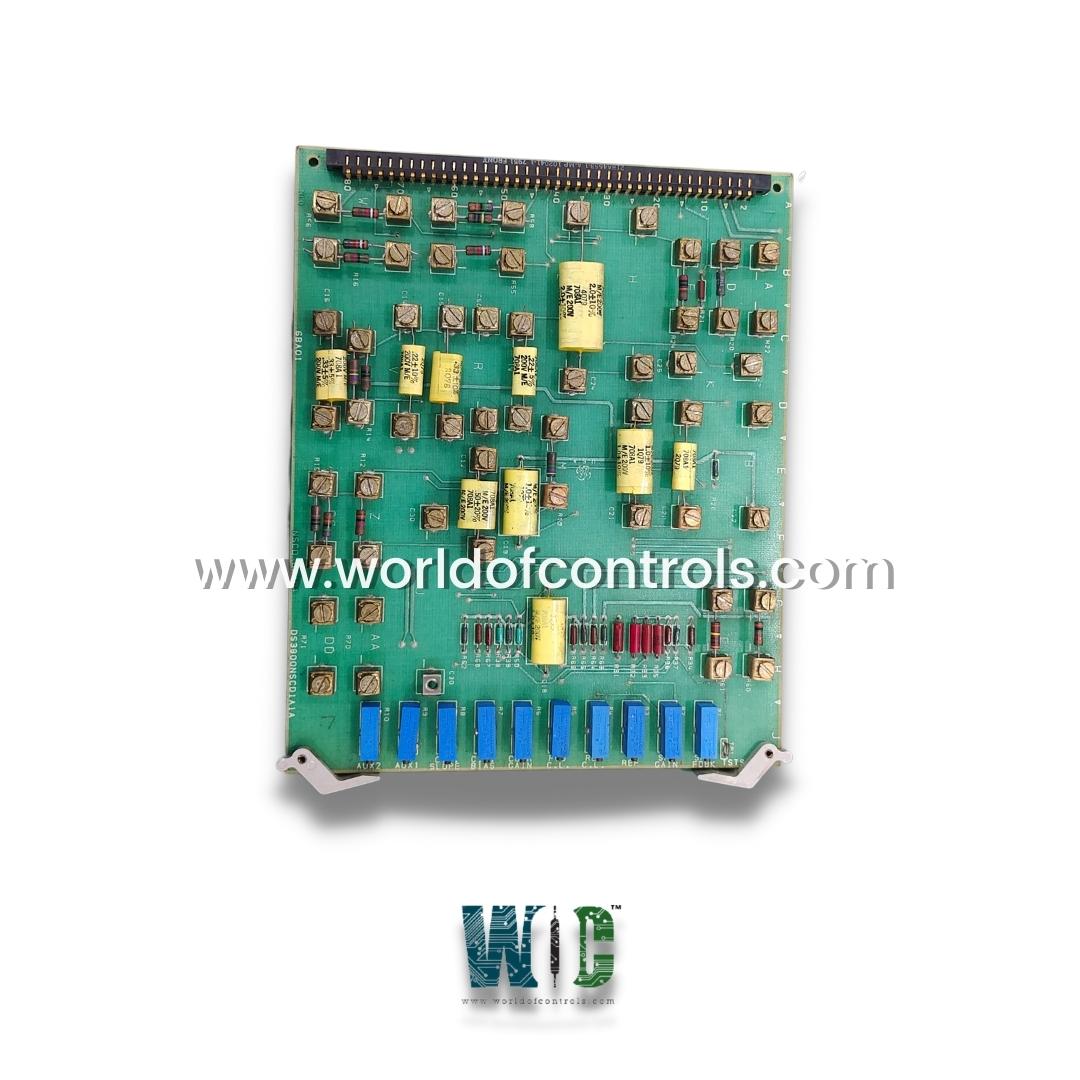
World Of Controls understands the criticality of your requirement and works towards reducing the lead time as much as possible.
DS3800NSCD1A - Speed Current/Regulator Auxiliary Board is available in stock which ships the same day.
DS3800NSCD1A - Speed Current/Regulator Auxiliary Board comes in UNUSED as well as REBUILT condition.
To avail our best deals for DS3800NSCD1A - Speed Current/Regulator Auxiliary Board, contact us and we will get back to you within 24 hours.
SPECIFICATIONS:
Part No: DS3800NSCD1A
Manufacturer: General Electric
Product Type: Speed Current/Regulator Auxiliary Board
Voltage Ranges: +/-25mV,
Operating Mode: Simplex
Series: Mark IV
Availability: In Stock
Current Range: +/-20mA
Dimensions: 7.14 × 4 × 1.5 in
Operating Temperature: 0 to 50°C
Country of Origin: USA
FUNCTIONAL DESCRIPTION:
DS3800NSCD1A is a Speed Current/Regulator Auxiliary Board manufactured and designed by General Electric and is part of the Mark IV Series used in GE Speedtronic gas turbine control systems. A Speed Current/Regulator Auxiliary Board is a specialized circuit board designed to control the speed and current of electrical devices. Its primary function is to regulate power flow, ensuring that devices operate within safe parameters and maintain optimal performance. Key components of these boards typically include:
TYPES OF SPEED CURRENT/REGULATOR AUXILIARY BOARDS:
HOW SPEED CURRENT/REGULATOR AUXILIARY BOARDS WORK:
ADVANTAGES OF USING SPEED CURRENT/REGULATOR AUXILIARY BOARDS:
WOC has the largest stock of replacement parts for GE Speedtronic Gas turbine control systems. We can also repair your faulty boards and supply unused and rebuilt boards backed up with a warranty. Our team of experts is available round the clock to support your OEM needs. Our team of experts at WOC is happy to assist you with any of your automation requirements. For pricing and availability on parts and repairs, kindly contact our team by phone or email.
What are the most common uses of Speed Current/Regulator Auxiliary Boards?
They are commonly used in automotive systems, consumer electronics, industrial automation, and renewable energy applications.
How do I choose the right board for my project?
Consider your needs, including power requirements, environmental conditions, and compatibility with existing systems. Look for reputable manufacturers and reliable support.
What are the maintenance requirements?
Regularly check for wear and damage, keep the board clean, and update the firmware to maintain optimal performance.